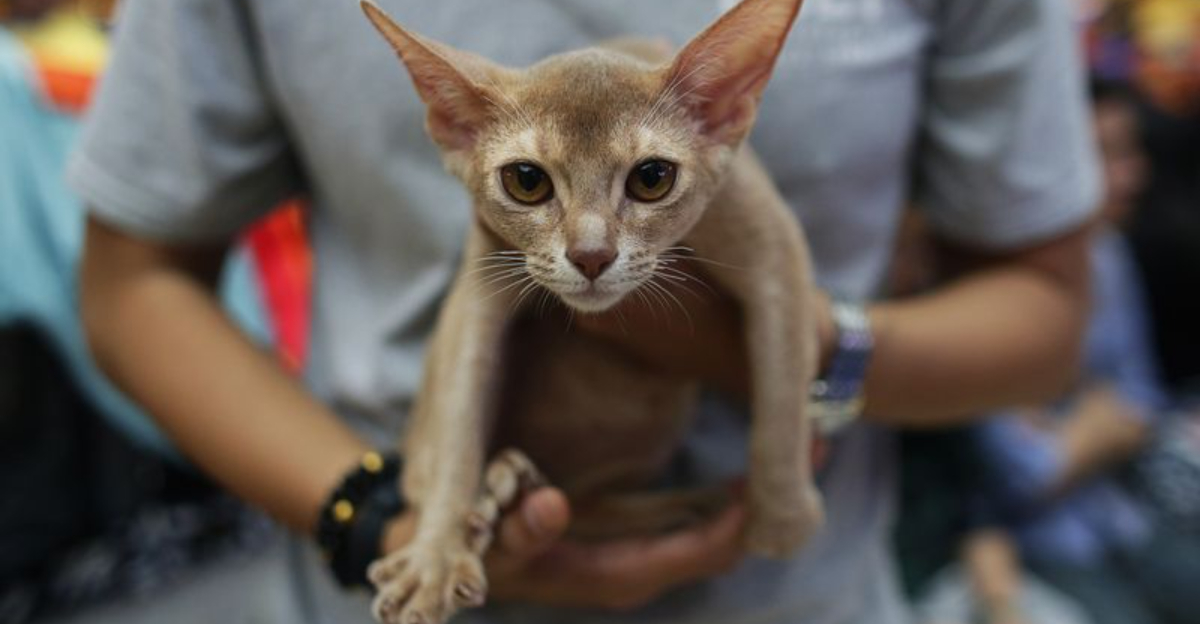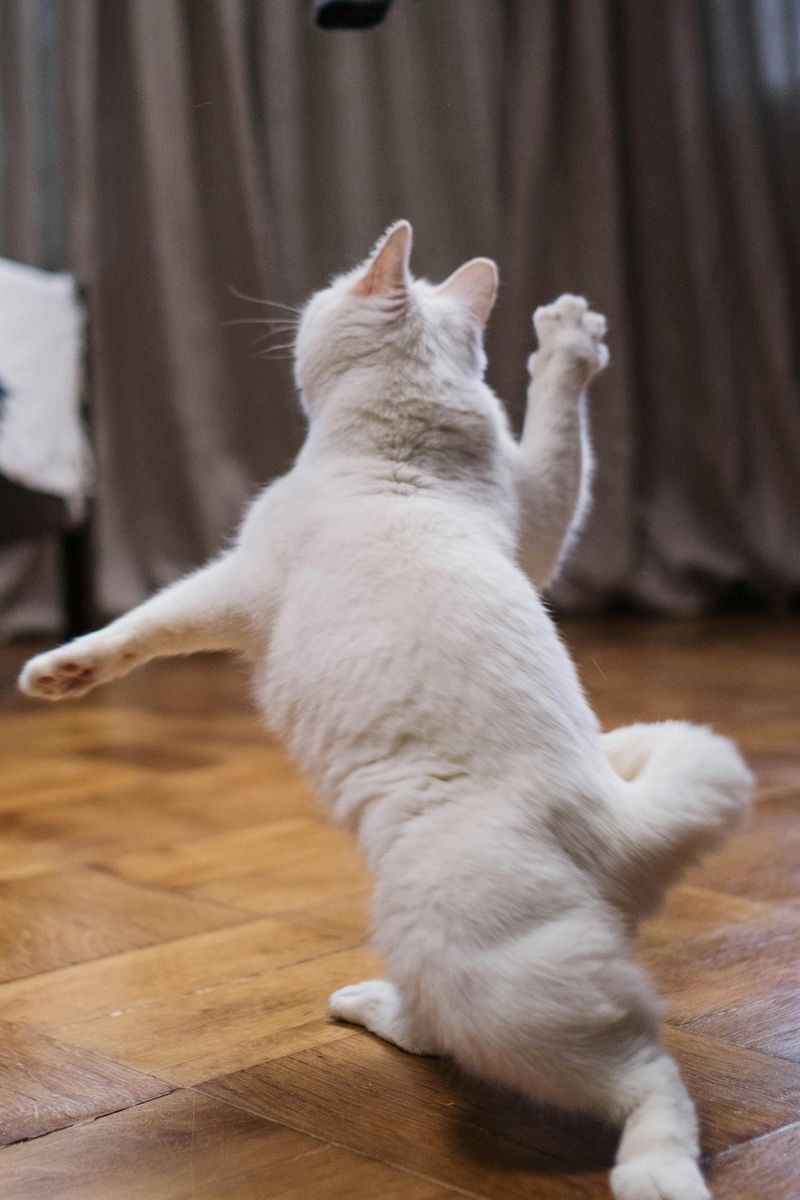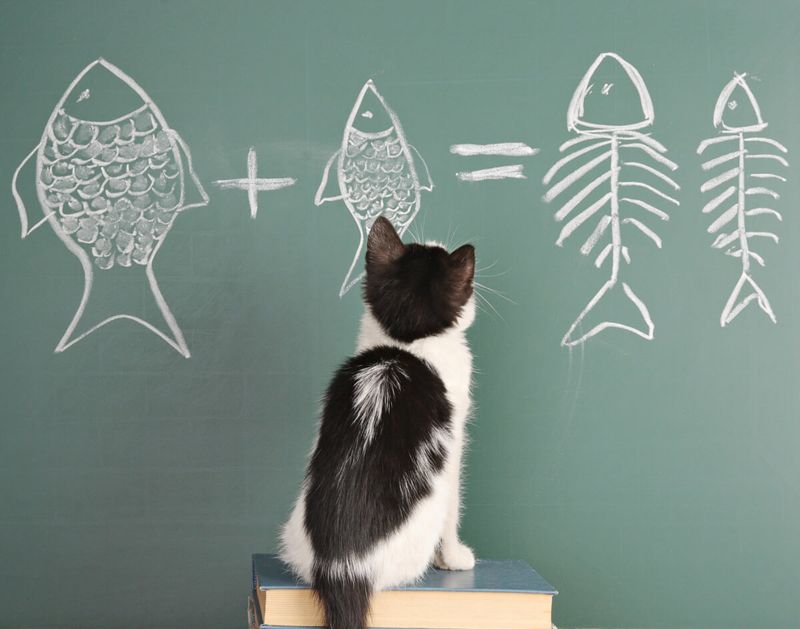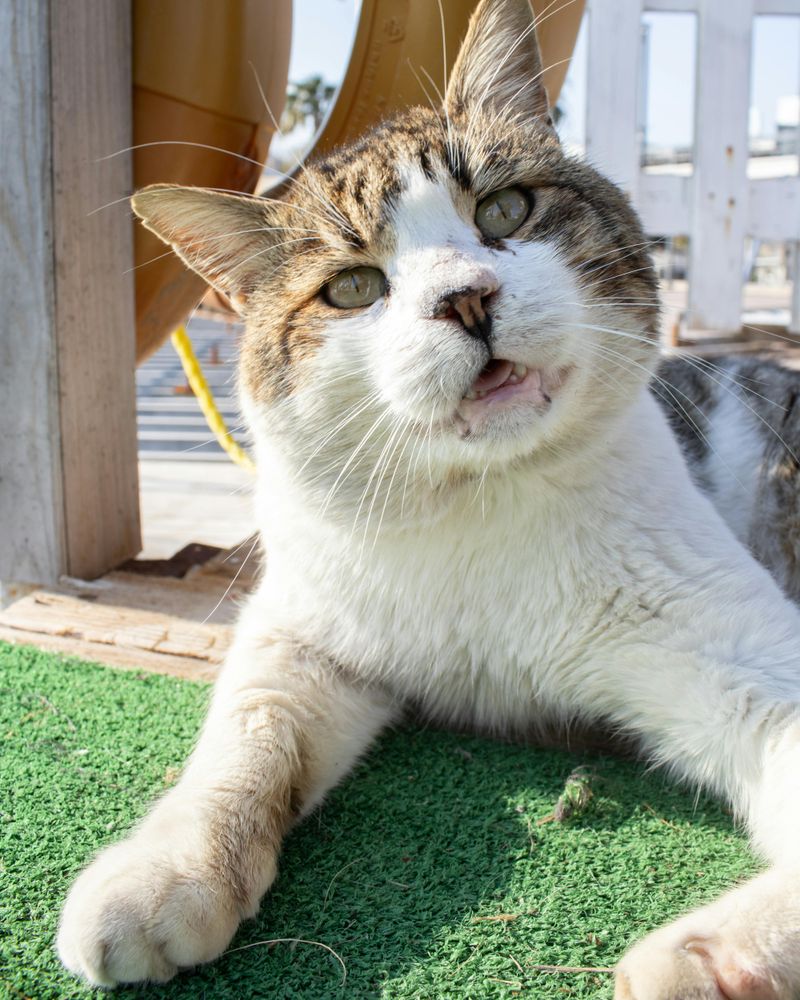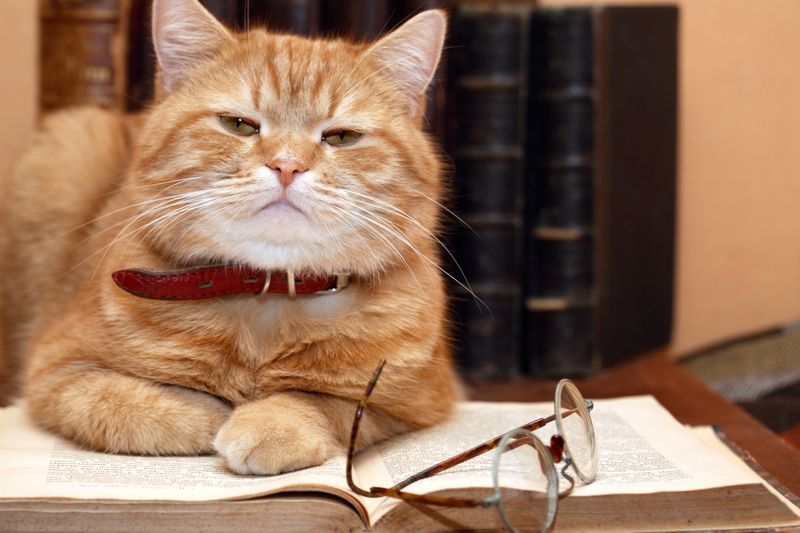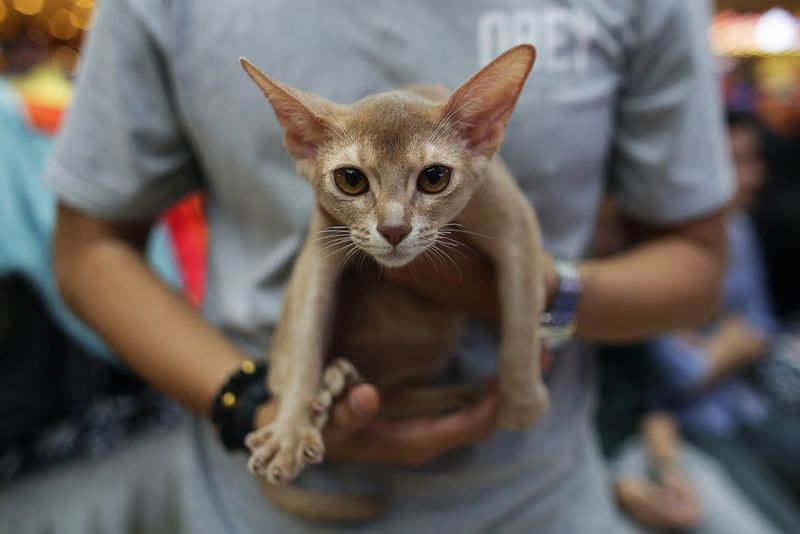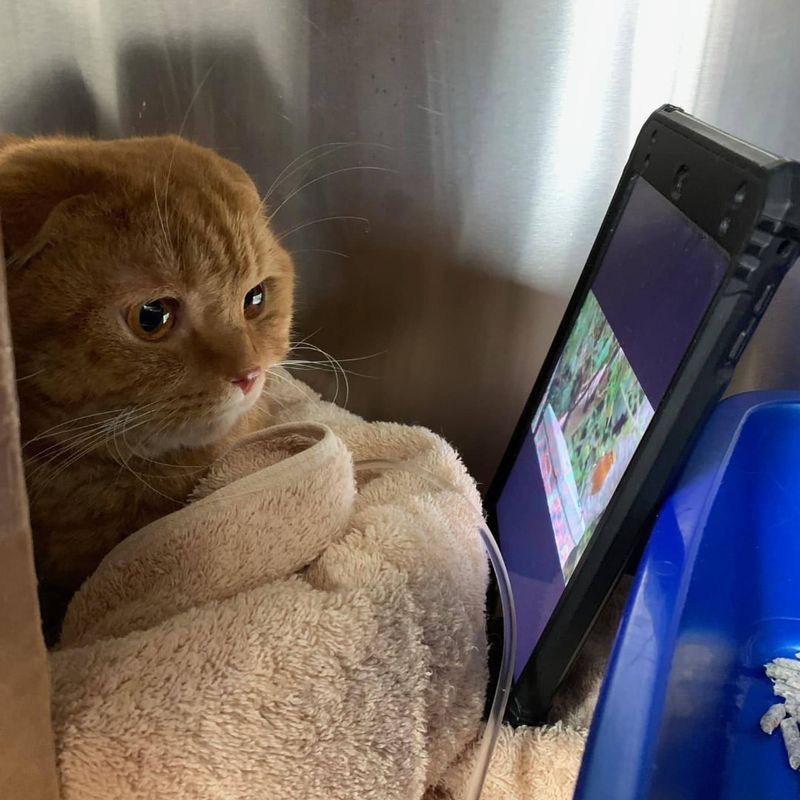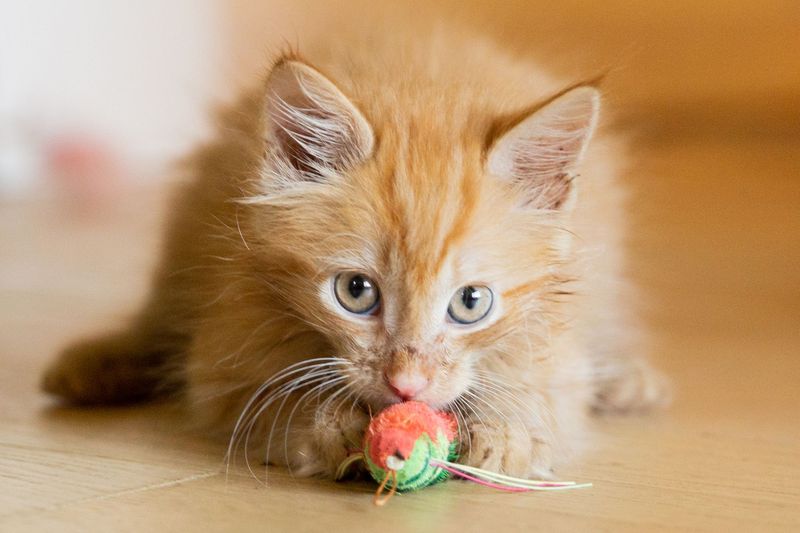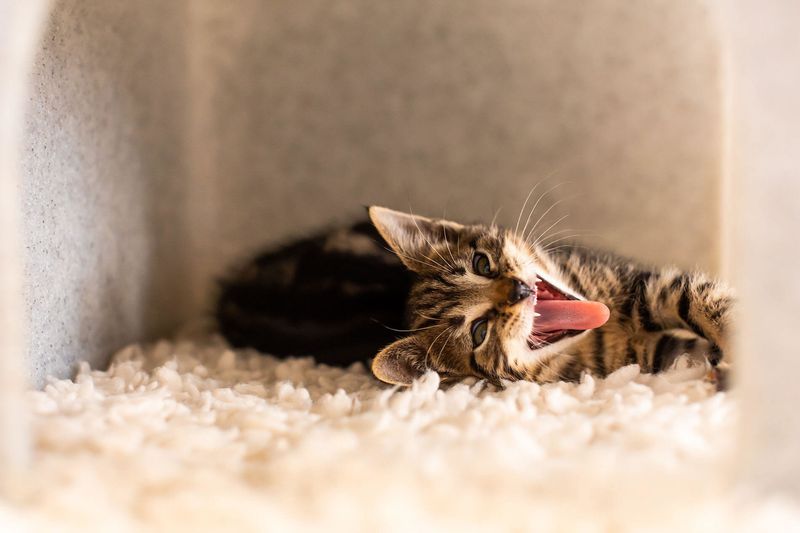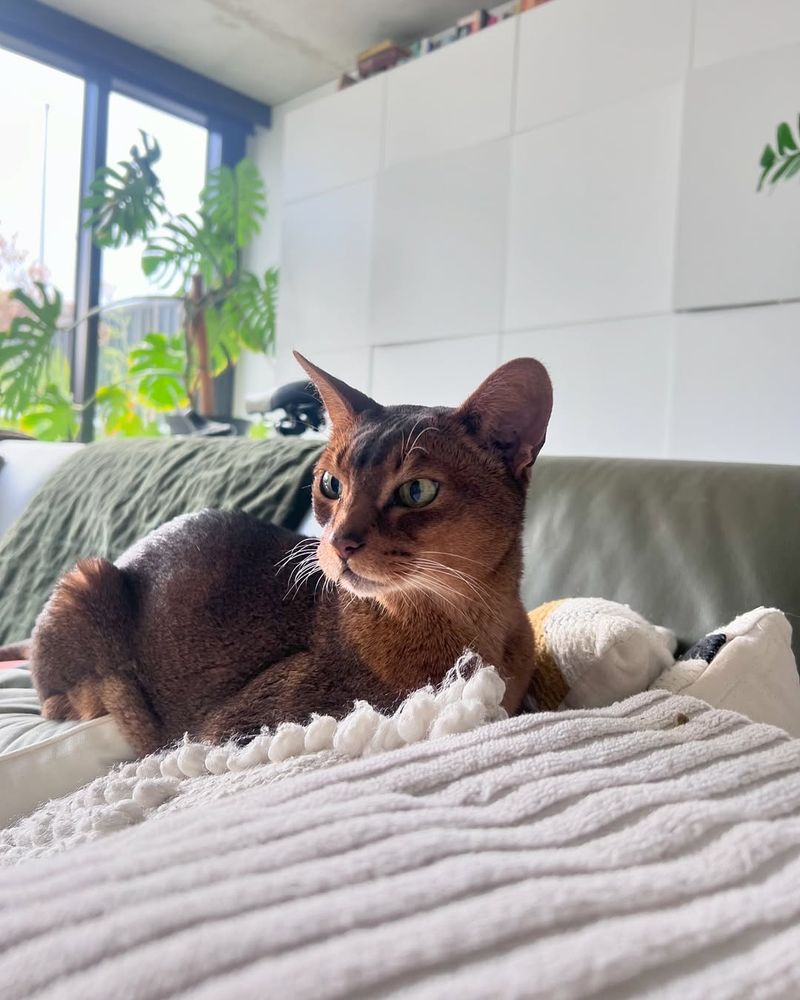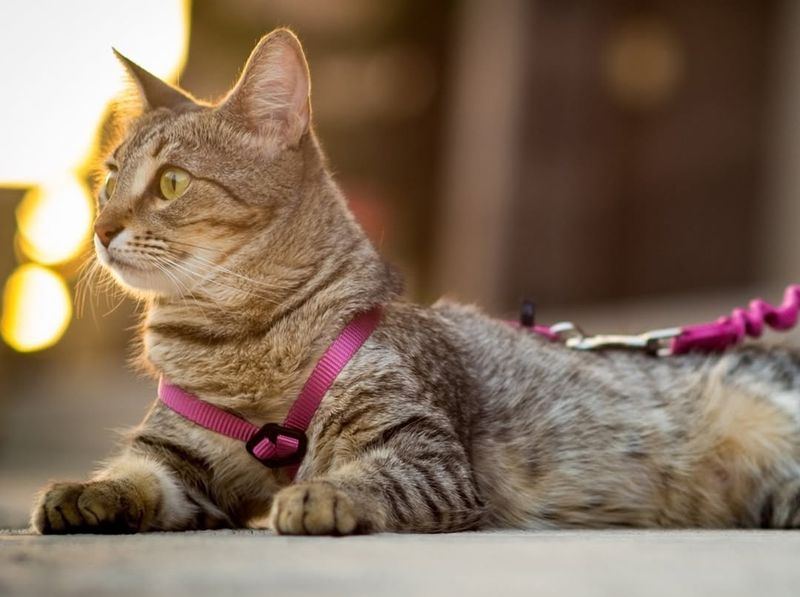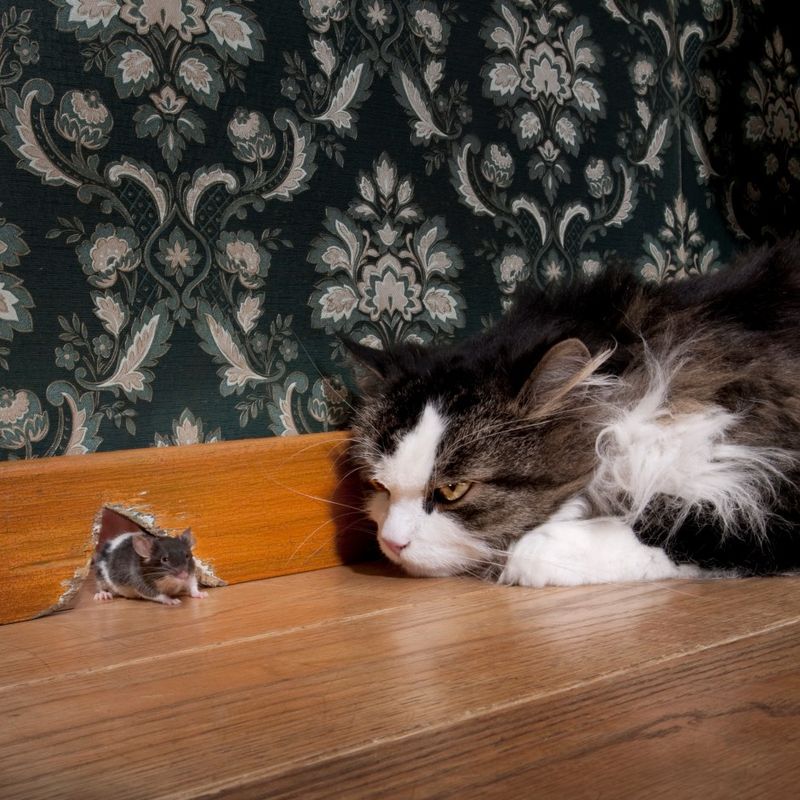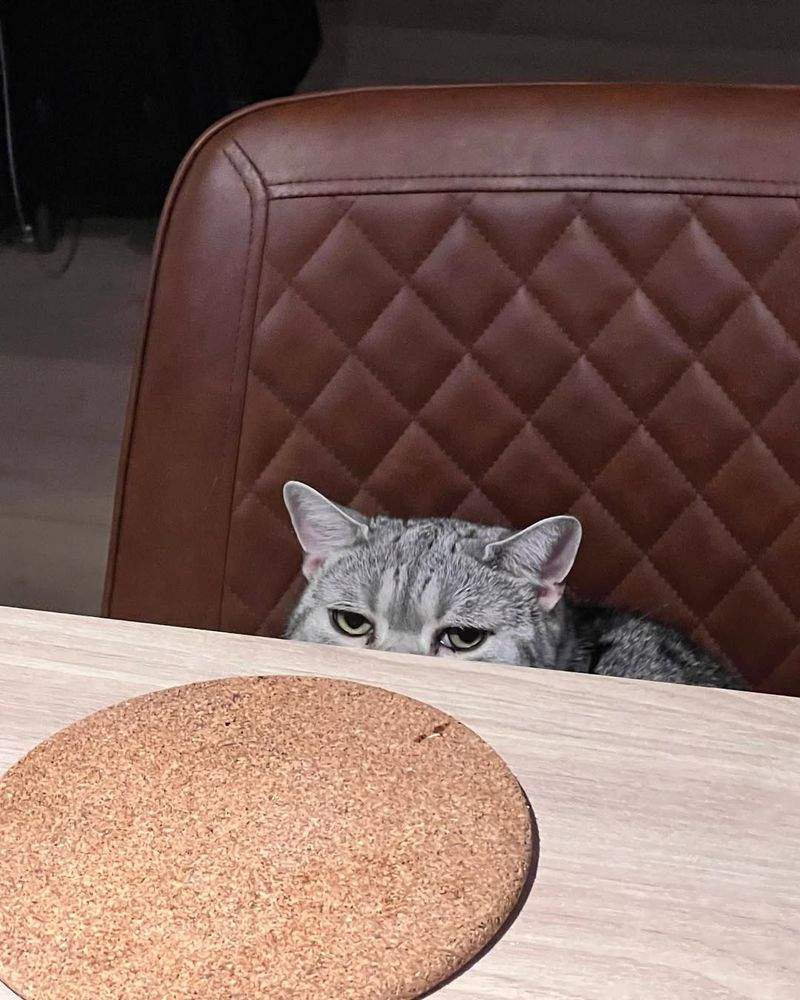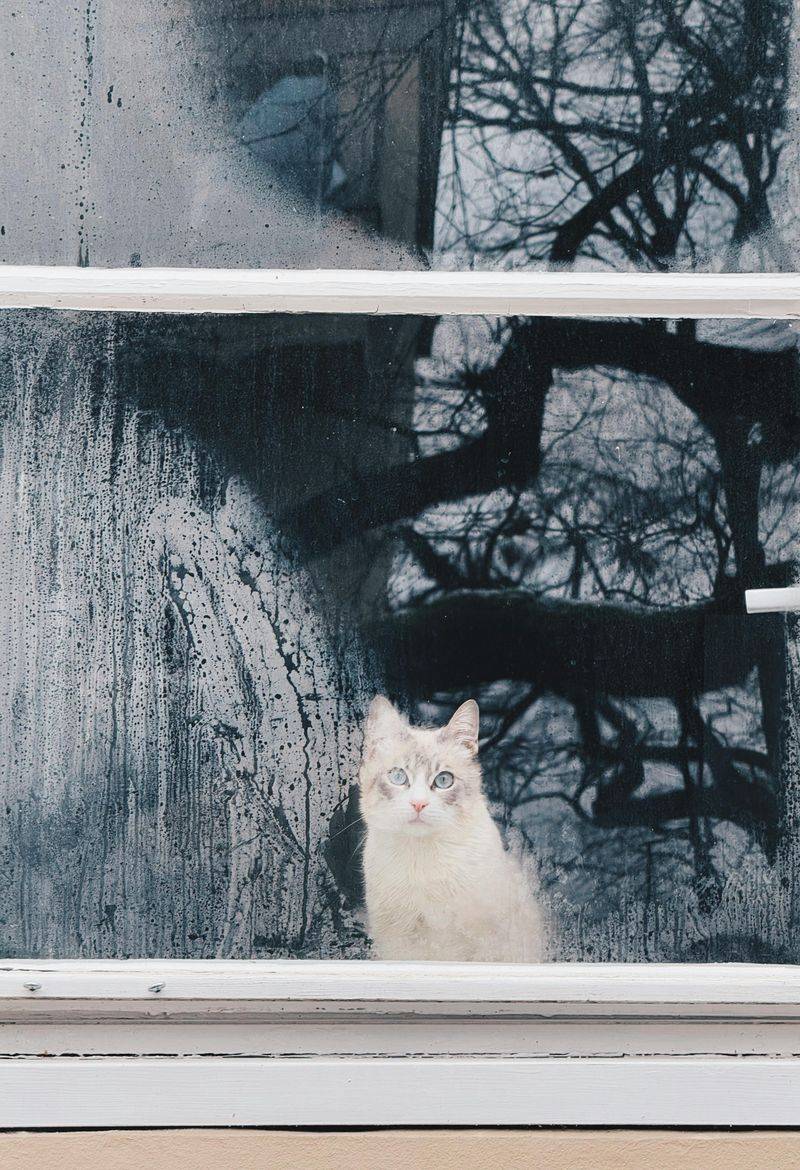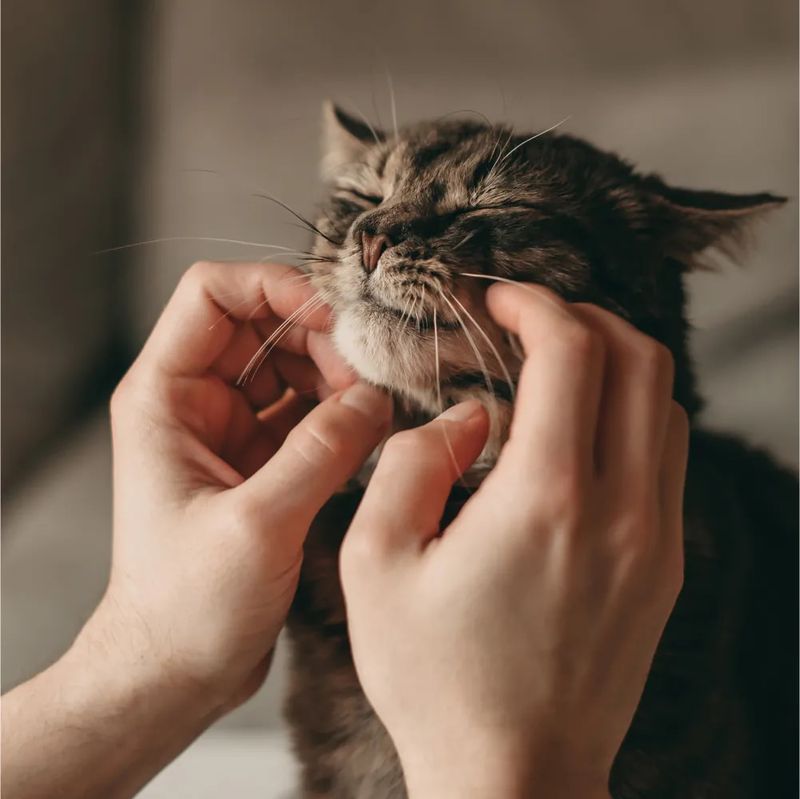📖 Table of Content:
- 1. Greater Dependency on Humans
- 2. Enhanced Memory
- 3. Increased Problem-Solving Skills
- 4. Reduced Survival Instincts
- 5. Better Adaptation to Routine
- 6. Increased Social Intelligence
- 7. Limited Exposure to Natural Stimuli
- 8. Enhanced Play-Based Learning
- 9. More Attention-Seeking Behaviors
- 10. Lower Risk of Stress-Induced Cognitive Decline
- 11. Exposure to Training Opportunities
- 12. Less Need for Hunting Strategies
- 13. Potential for Boredom-Induced Cognitive Decline
- 14. More Time for Observation
- 15. Enhanced Emotional Intelligence
A cat’s environment significantly impacts its intelligence, shaping how it learns and interacts. Indoor cats often develop strong problem-solving skills through puzzle toys and structured routines. Their reliance on humans also enhances their ability to communicate effectively, strengthening their social intelligence.
While indoor cats benefit from stability and training, they may miss out on natural survival skills. Without the need to hunt or navigate unpredictable environments, they rely more on play-based learning for mental stimulation. However, if not properly engaged, they can experience boredom, leading to cognitive decline over time.
Despite these differences, indoor cats can still thrive intellectually with proper enrichment. Providing interactive toys, training opportunities, and social engagement helps maintain their cognitive sharpness. With the right balance, an indoor lifestyle can support both intelligence and emotional well-being.
1. Greater Dependency on Humans
Because they rely on humans for food, entertainment, and affection, indoor cats often learn to communicate more effectively with their owners. This dependency leads to an improved understanding of human emotions and intentions. Through consistent interaction, cats may develop unique ways to express their needs and desires. This heightened communication can strengthen the bond between a pet and its owner, fostering a deeper relationship. As a result, indoor cats often become more attuned to their owners’ daily routines and emotional states.
2. Enhanced Memory
Regular feeding schedules, routines, and training help indoor cats develop strong memory recall skills. These consistent patterns enable cats to predict when meals, playtimes, and other activities occur. By adhering to a structured routine, owners can aid their pets in forming reliable memories. This ability to anticipate daily events not only supports mental development but also provides a sense of security. A well-established routine can lead to a more relaxed and happy indoor cat, capable of remembering and recognizing familiar situations.
3. Increased Problem-Solving Skills
Indoor cats often engage with puzzle feeders and toys, enhancing their ability to think critically and solve problems. These activities require them to use their paws and minds creatively, fostering mental engagement. Owners can introduce a variety of toys to challenge their cats’ intellect. Regular interaction with these puzzles not only keeps their minds sharp but also prevents boredom. It is essential for pet owners to rotate toys regularly to maintain a stimulating environment. By doing so, they can ensure that their feline companions remain mentally agile and entertained.
4. Reduced Survival Instincts
Unlike outdoor cats, they don’t need to hunt for food, which may decrease their ability to strategize in real-world survival situations. This lack of necessity for hunting reduces their exposure to problem-solving under pressure. While indoor cats enjoy safety and comfort, they miss out on the challenges that hone survival skills. Pet owners can simulate hunting experiences through interactive toys to partially compensate for this deficiency. Although their survival instincts might be less sharp, indoor cats can still enjoy a fulfilling life through playful simulations.
5. Better Adaptation to Routine
Living indoors fosters a sense of structure, helping cats learn and predict daily activities, which strengthens their cognitive stability. Predictability provides a comforting environment where cats can thrive. Recognizing patterns and routines allows cats to anticipate changes and respond accordingly. This adaptation to routine can lead to a more harmonious household, as cats become in tune with their surroundings. Indoor cats often develop a keen awareness of their environment, which supports their mental well-being and overall happiness.
6. Increased Social Intelligence
With more interaction from humans and sometimes other pets, indoor cats develop stronger social and emotional intelligence. They learn to navigate social dynamics within the household, enhancing their ability to empathize. These interactions can lead to a more socially aware pet, capable of understanding various social cues. Social intelligence in cats often manifests as an ability to read human emotions and respond appropriately. This enhanced empathy and understanding can create a more fulfilling relationship between the cat and its family.
7. Limited Exposure to Natural Stimuli
Cats that spend their life inside may lack experiences like hunting, climbing trees, or encountering other animals, which can affect their ability to react in unpredictable situations. This limited exposure might seem restrictive but can be mitigated through creative play. Owners can introduce natural elements inside the home, such as indoor plants or nature videos, to simulate an outdoor environment. By providing varied stimuli, cats can enjoy the benefits of nature without the risks. This balance allows indoor cats to experience a semblance of the outside world safely.
8. Enhanced Play-Based Learning
Since they rely on toys for stimulation, indoor cats often excel in play-driven learning, sharpening their coordination and focus. Playtime becomes an essential part of their cognitive development, offering both mental and physical exercise. Owners can introduce diverse toys to stimulate their cats’ minds and bodies. This engagement encourages a playful and curious nature, leading to a more mentally active pet. Through play, indoor cats can develop skills that enhance their agility, problem-solving, and overall happiness.
9. More Attention-Seeking Behaviors
Due to their dependence on owners, indoor cats may develop advanced ways of getting attention, such as vocalizing or using body language creatively. These behaviors are often a sign of their emotional intelligence and desire for interaction. Understanding these signals can help owners respond appropriately to their cats’ needs, fostering a stronger bond. By recognizing and engaging with these attention-seeking behaviors, pet owners can ensure their cats feel valued and understood. This mutual communication enhances the relationship between cats and their human companions.
10. Lower Risk of Stress-Induced Cognitive Decline
Outdoor cats face constant threats, like predators and traffic, which can lead to chronic stress and cognitive decline over time. Indoor cats, however, enjoy a safer and more controlled environment, reducing stress-related health issues. This protection allows them to maintain cognitive health without the pressures of survival. A stable home environment can lead to a more relaxed and mentally sound cat. By minimizing stressors, indoor cats can focus on playful and intellectual activities that promote a healthy mind.
11. Exposure to Training Opportunities
Indoor cats’ ability to learn and retain information can be enhanced by tricks, litter box use, and even commands. These training sessions provide mental stimulation and strengthen the cat-owner bond. Owners can introduce new challenges regularly to keep their cats engaged and interested. Training not only offers intellectual benefits but also reinforces desired behaviors. By incorporating training into daily routines, indoor cats can thrive in an enriched and responsive environment, leading to a smarter and more adaptable pet.
12. Less Need for Hunting Strategies
Without the need to catch prey, indoor cats may not develop certain problem-solving skills that outdoor cats refine through survival tactics. This lack of hunting necessity allows them to focus on other cognitive pursuits. Indoor environments can be enriched with toys that simulate hunting to provide some level of challenge. By encouraging play that mimics hunting scenarios, owners can help their cats maintain agility and interest in their surroundings. While they may not master hunting strategies, indoor cats can still enjoy a life filled with mental stimulation and fun.
13. Potential for Boredom-Induced Cognitive Decline
If not provided with enough mental stimulation, indoor cats may experience cognitive dullness or even behavioral issues. This risk highlights the importance of engaging play and varied activities. Owners should offer diverse toys and interactive opportunities to keep their cats mentally active. By rotating toys and introducing new challenges, mental lethargy can be avoided. A well-stimulated indoor cat can enjoy a fulfilling and happy life, brimming with curiosity and enthusiasm.
14. More Time for Observation
Without outdoor dangers, indoor cats often spend more time observing their surroundings, leading to a heightened ability to recognize patterns. This leisurely observation fosters mental growth and curiosity. Cats may watch birds, people, or other elements from the safety of their homes, enhancing their understanding of movement and behavior. Owners can facilitate this by providing window perches or interactive views. Through observation, indoor cats can develop a sharp and inquisitive mind, always eager to learn more about their environment.
15. Enhanced Emotional Intelligence
With constant exposure to human emotions, indoor cats may develop a deeper understanding of their owner’s moods and reactions. This emotional intelligence allows them to form strong bonds with their human companions. By observing and responding to emotional cues, cats can offer comfort and companionship. This intuitive understanding enhances the relationship between pets and their owners, creating a more harmonious living situation. Emotional intelligence in cats leads to a more empathetic and connected household, where communication flows naturally.
